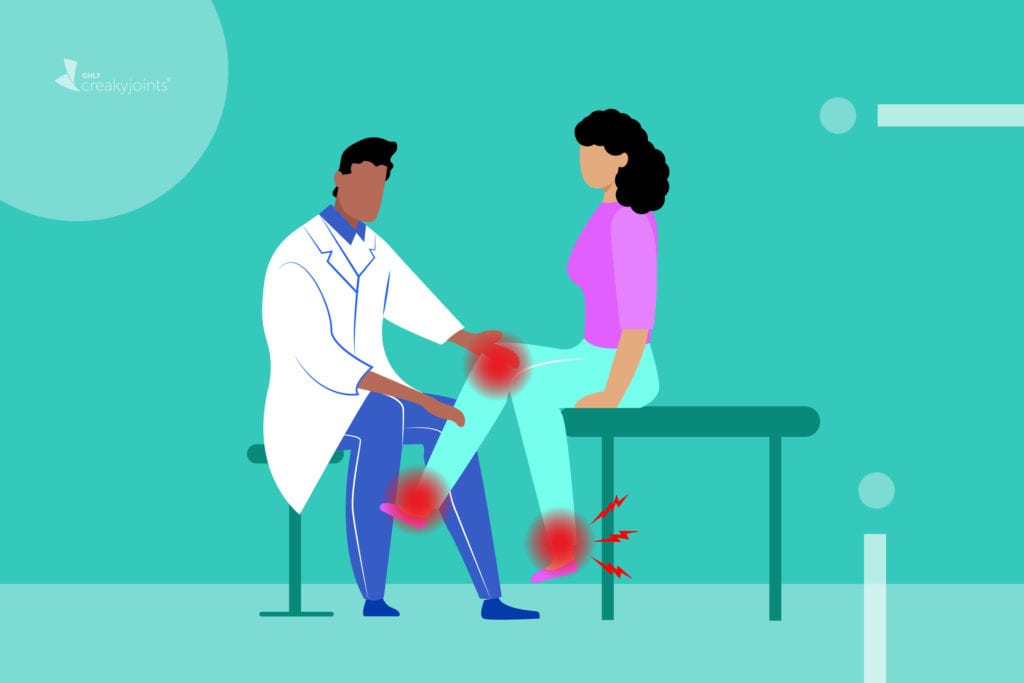
Many assume sudden pain equals gout. But not every red, swollen joint is crystal-loaded. Infection mimics symptoms. So do other inflammatory diseases. Misdiagnosis happens often. Lab tests matter. Joint aspiration confirms uric acid. Gout is one cause, not the only one.
Uric acid can be high without causing any problems
Hyperuricemia alone doesn’t guarantee gout. Some people live symptom-free with elevated levels. Others flare with lower counts. The crystals must form and deposit. Blood concentration helps, but doesn’t decide alone. Tissues, genetics, hydration—all change the outcome. Levels alone mislead.
Seafood isn’t the only food linked to flares
Shellfish, yes—but also sugary drinks. Fructose increases uric acid production. Red meat plays a role too. Organ meats concentrate purines more than steak. Alcohol, especially beer, worsens clearance. Diet matters, but it’s not just about shrimp.
Gout doesn’t only affect men in middle age
Older women get it too. Estrogen used to protect them. Post-menopause, risk increases. Teens with kidney disease experience flares. Transplant patients—any age—can suffer. It’s broader than stereotypes allow. Age and gender don’t shield joints indefinitely.
Gout doesn’t go away after one painful night
Many treat it as a one-time crisis. But untreated gout returns. Sometimes months later. Sometimes silently. Chronic cases build damage over time. Joints erode. Nodules form. Tophi appear. Ignoring the flare doesn’t stop the condition. It shifts form.
Swelling in the big toe isn’t the only presentation
The toe’s famous, but not exclusive. Ankles, knees, wrists—any joint can host crystals. Elbows often show tophi. Midfoot flares mimic sprains. Pattern changes confuse diagnosis. Location alone doesn’t confirm or exclude. Gout moves.
Allopurinol isn’t a painkiller and doesn’t help during a flare
It lowers uric acid long-term. But it doesn’t reduce swelling today. Starting during a flare may worsen symptoms briefly. That’s why timing matters. Anti-inflammatory drugs help in the moment. Allopurinol helps across months—not hours.
Some flares begin without any dietary trigger at all
People blame food. But stress, dehydration, or illness spark attacks too. Even weather shifts play a role. Physical trauma near a joint sets off crystals. Gout responds to many inputs. A clean diet doesn’t guarantee peace.
Once tophi form, they don’t dissolve quickly with treatment
Lowering uric acid helps—but slowly. Nodules shrink over months or years. Some require surgery. They damage tissue beneath the surface. Disappearance isn’t instant. Measuring progress takes patience. Visual change lags behind chemical improvement.
Gout isn’t always associated with visible swelling
Some flares bring pain without massive redness. Tenderness appears with subtle signs. Crystals may form deeper. Soft tissues swell slowly. Symptoms hide beneath the skin. Ruling out gout because the foot looks normal can mislead.
Only some purines become uric acid efficiently
Not all purine-rich foods carry equal risk. Plant-based purines cause fewer issues. Beans don’t behave like beef. Mushrooms don’t mirror liver. The source matters. Digestion differs. Gout patients can still eat broadly—with care.
Drinking water won’t flush all the uric acid out
Hydration helps. But kidneys do the work. Water supports, doesn’t solve. Crystals need chemical shifts to dissolve. Volume matters less than concentration. Clear urine doesn’t mean urate balance. It’s part of the plan, not the plan.
High uric acid doesn’t always cause kidney stones
Some stones form from calcium. Others contain oxalate. Uric acid stones exist—but aren’t guaranteed. Risk depends on pH, hydration, and genetics. Testing the stone reveals its makeup. Gout doesn’t equal stone. Stone doesn’t confirm gout.
Colchicine helps best early—not days into a flare
Timing is critical. Within 12–24 hours, colchicine reduces pain. Wait longer, benefit drops. The window matters. Delayed dosing brings less relief and more side effects. It’s not a general pain pill. It has a target.
Beer increases gout risk more than spirits or wine
Purines in brewer’s yeast elevate uric acid. Alcohol itself lowers excretion. Beer does both. Spirits contribute less. Wine even less. Quantity still matters. But type changes effect. Choices shape flares over time.
Weight loss helps—but rapid loss can trigger gout
Fat breakdown releases purines. Crash diets spike uric acid. Gradual loss helps. Extreme shifts backfire. Bariatric surgery patients often flare early. Then improve. Pace and hydration reduce risk. Intentional loss helps—but must be managed carefully.
Gout can coexist with other forms of arthritis
One doesn’t rule out the other. Rheumatoid arthritis flares can mask gout. Osteoarthritis creates vulnerable joints. Crystals find damaged cartilage easier. Overlapping symptoms confuse diagnosis. Joint taps and imaging clarify. Complex cases need full attention.
Gout doesn’t always respond to over-the-counter anti-inflammatories
Some flares resist naproxen or ibuprofen. Stronger medication becomes necessary. Steroids or colchicine work better for some. Dosage matters too. Mild swelling may yield. Severe attacks need prescriptions. Don’t assume failure means misdiagnosis—it may mean underdosing.
Gout affects more than joints over time
Crystals collect in tendons. They stiffen motion. Nodules press on nerves. Tophi ulcerate skin. Chronic gout reaches beyond cartilage. It alters posture. It limits use. The effects extend past visible swelling.
Gout isn’t cured by cherry juice, but some find it helps
Tart cherry juice reduces inflammation modestly. Some patients flare less. Others notice no change. It’s not universal. Not curative. It supports, not replaces, medical care. Dosage matters. Results vary. It may help—but not alone.
Genetics shape who flares more than diet alone
Some metabolize uric acid poorly. Family history raises risk. Diet modifies outcome—but doesn’t start it alone. Clean eating delays flares. Genes open the gate. Personal thresholds vary. Testing explains patterns. Family history informs future choices.
Uric acid can deposit silently between flares
Crystals still form even without symptoms. Joints accumulate damage silently. Imaging reveals silent buildup. Pain returns months later—but damage never paused. Gout doesn’t sleep—it waits. Between attacks, maintenance matters.
Alcohol withdrawal can trigger a rebound gout flare
Sudden abstinence shifts metabolism. The body releases stored uric acid. Flares follow. It’s temporary. Detox paths often include gout management. Timing flares with change isn’t coincidence. Doctors prepare for it.
Insulin resistance raises gout risk beyond just sugar intake
Metabolic syndrome interferes with uric acid excretion. The body struggles to balance blood sugar and urate. Diabetics flare more often. Managing insulin helps urate. It’s connected. More than sugar—it’s how sugar is processed.
Flares can affect both sides of the body at different times
One foot today. One hand next week. The side doesn’t matter. Gout jumps. It’s not symmetric. Some joints never flare. Others repeat. Pattern shifts make tracking harder. Consistency isn’t guaranteed.
